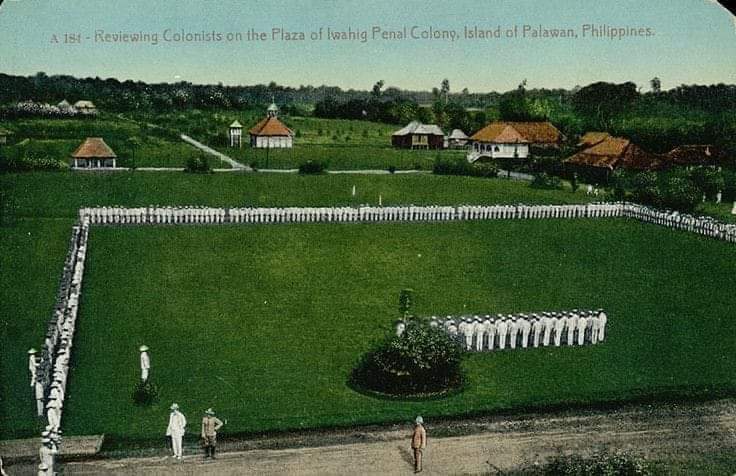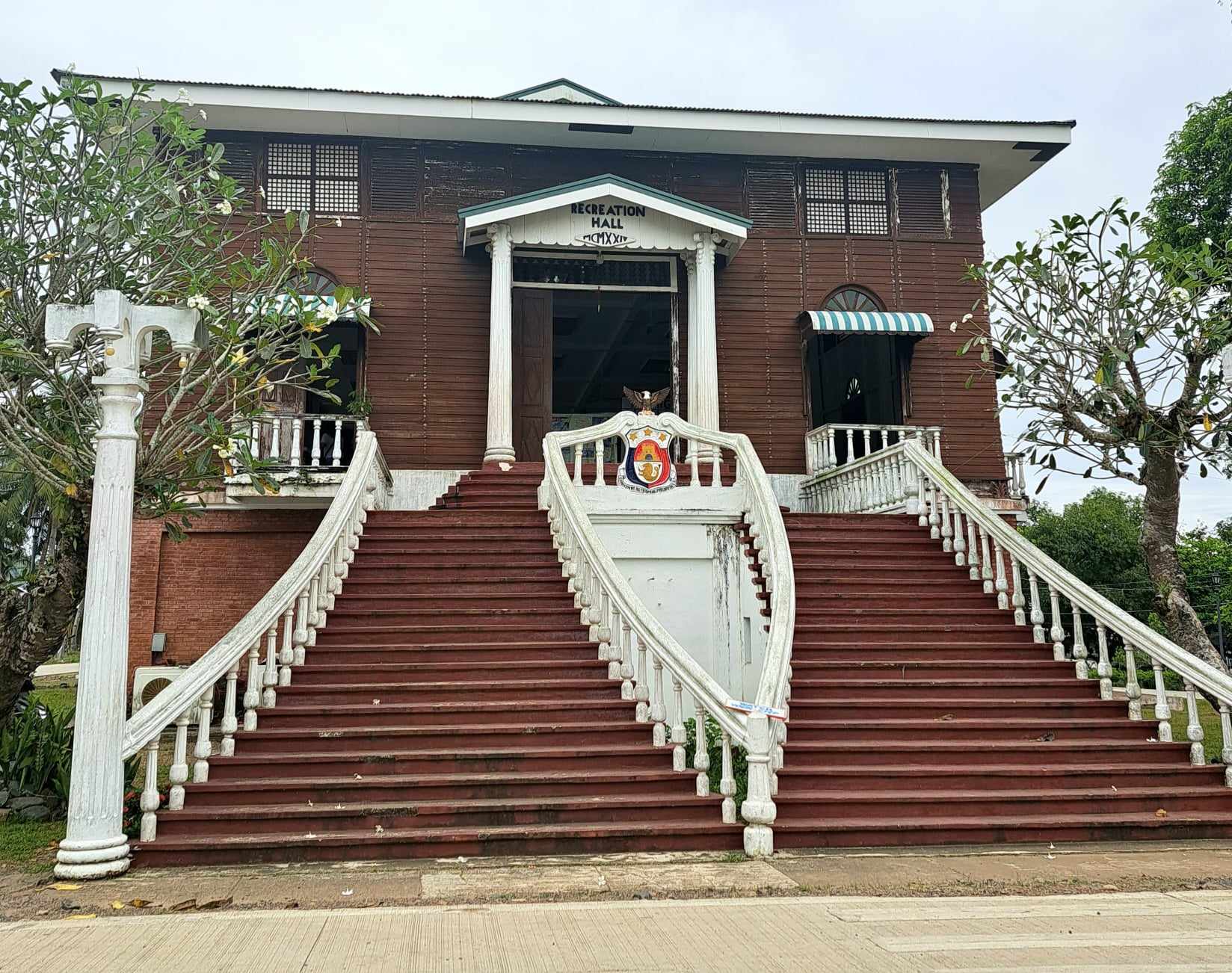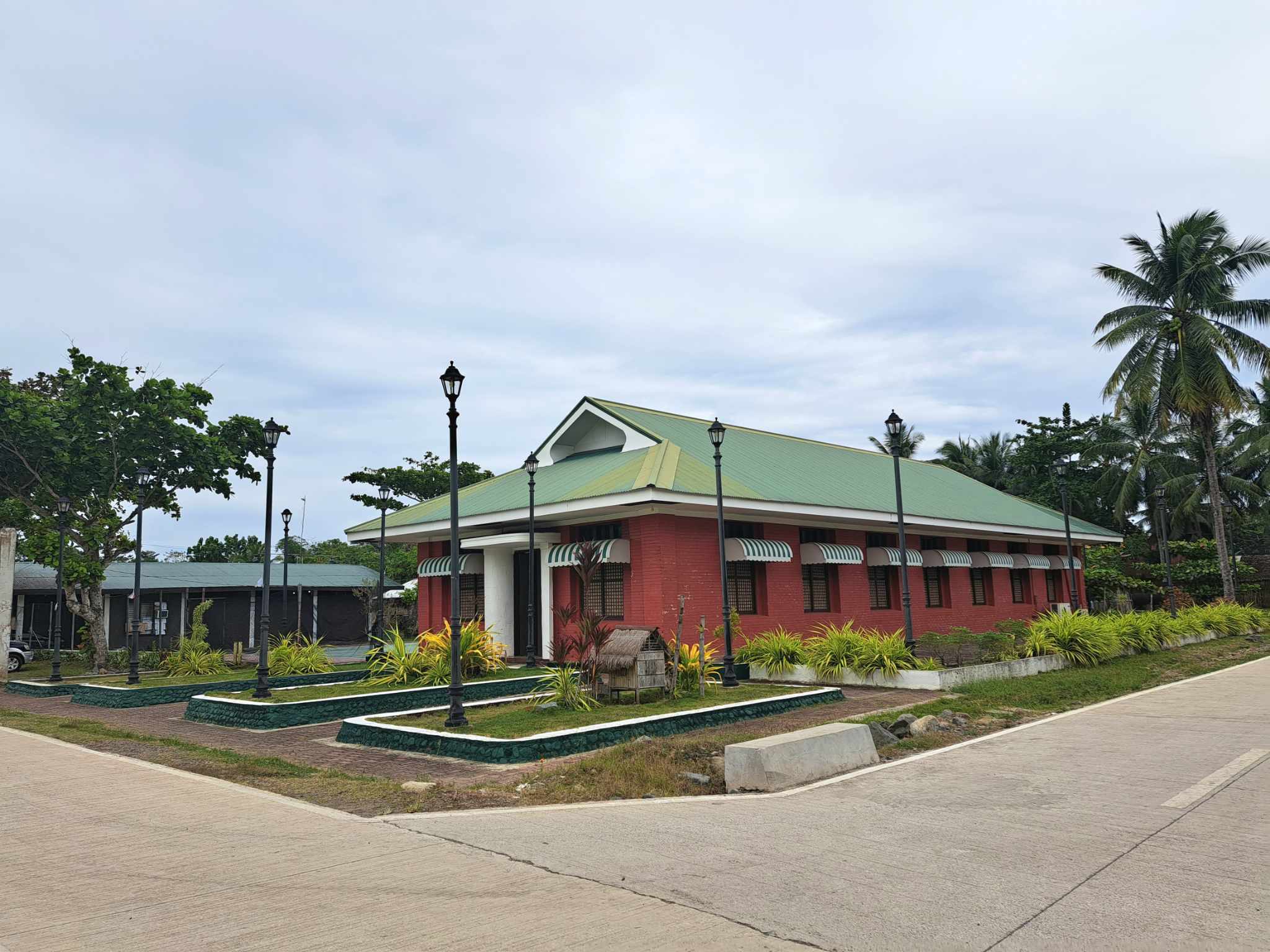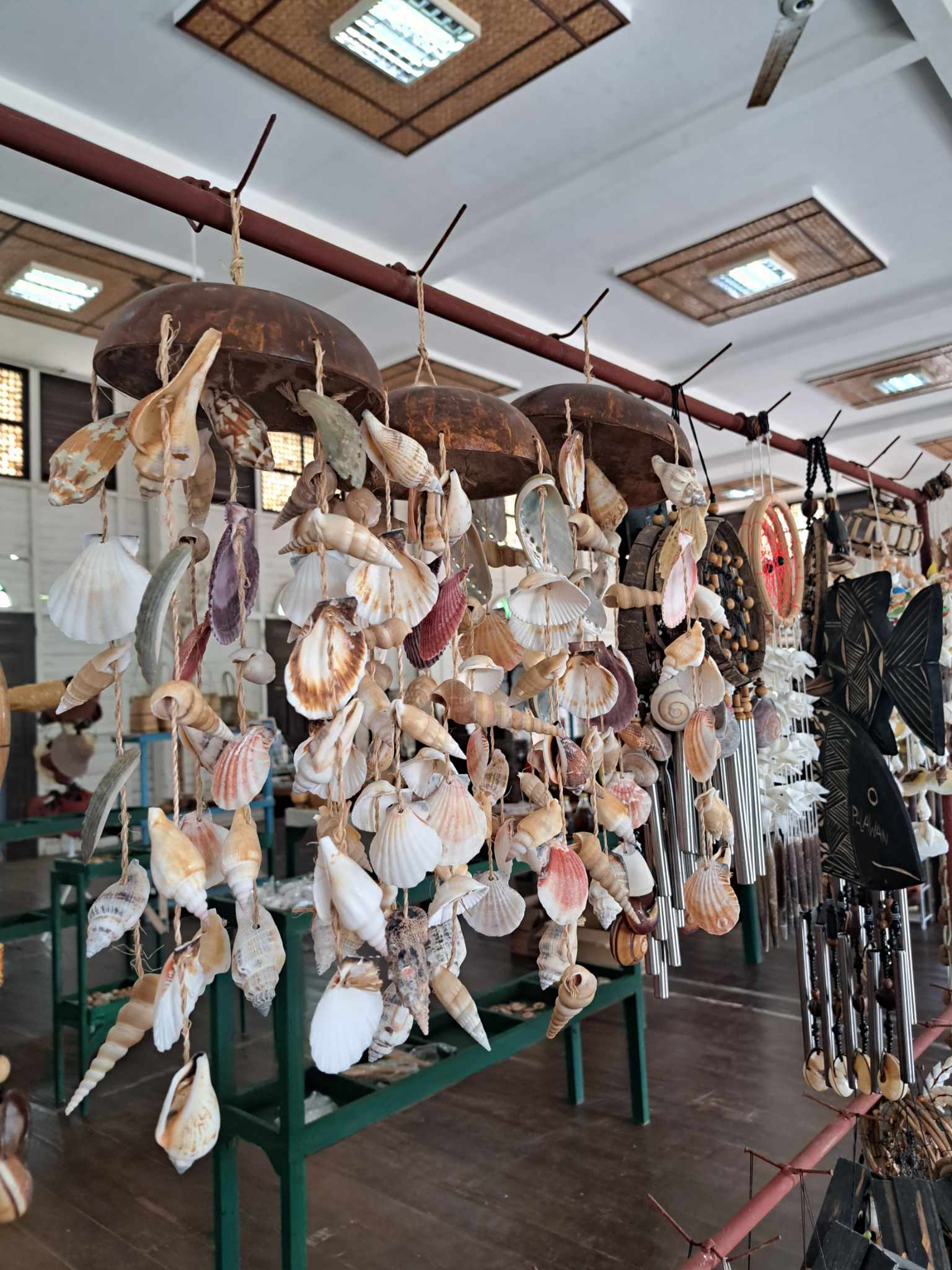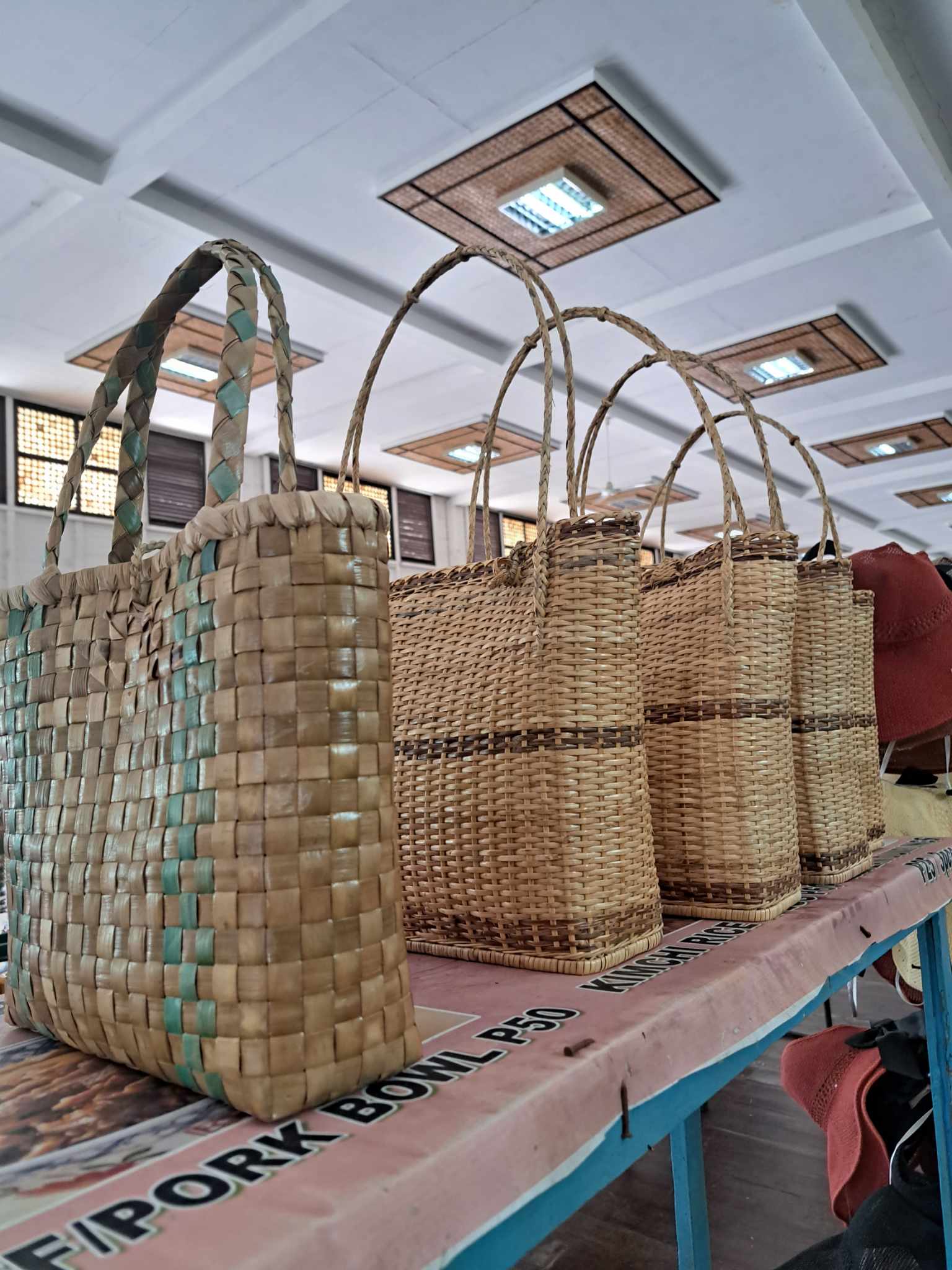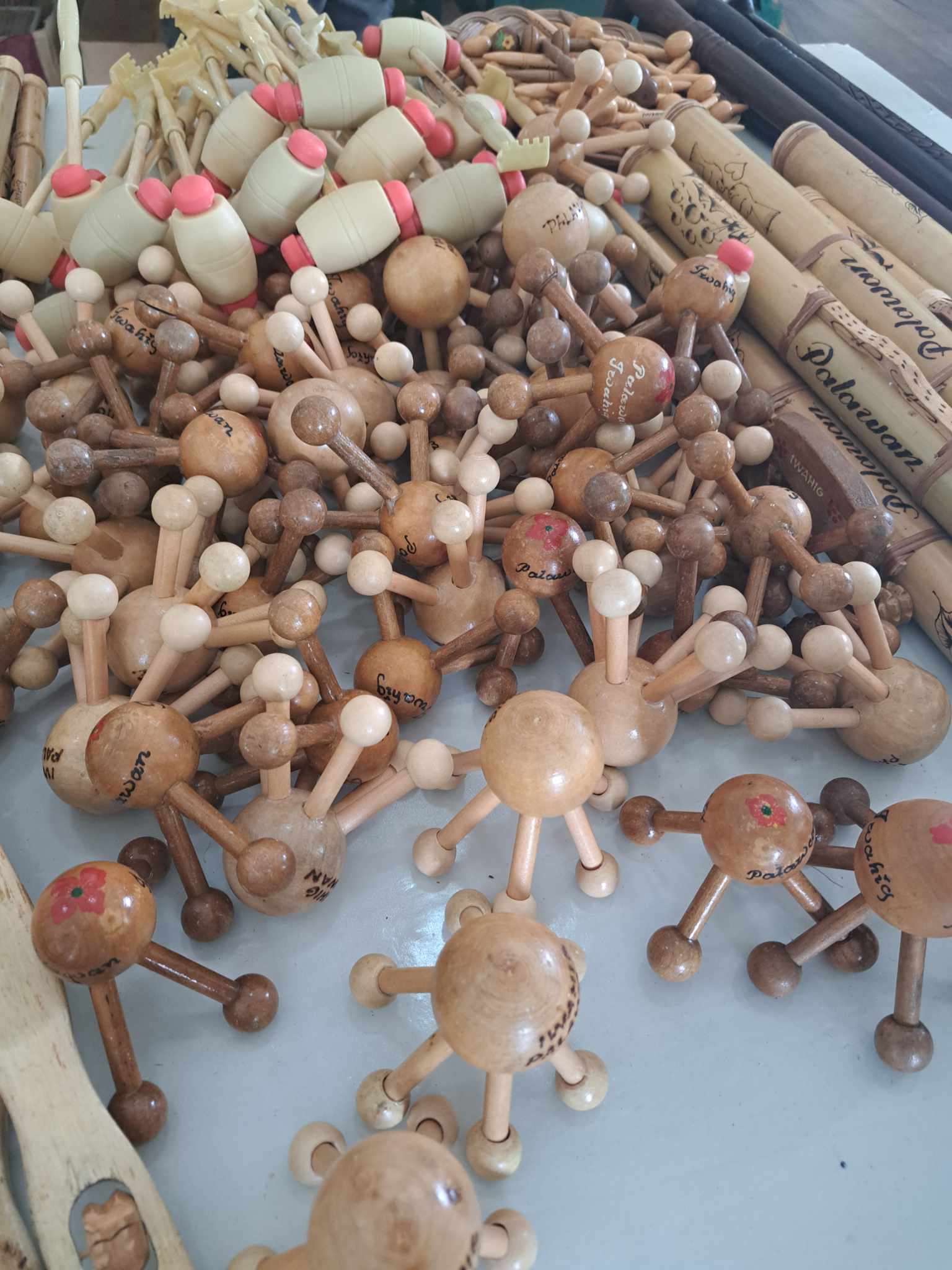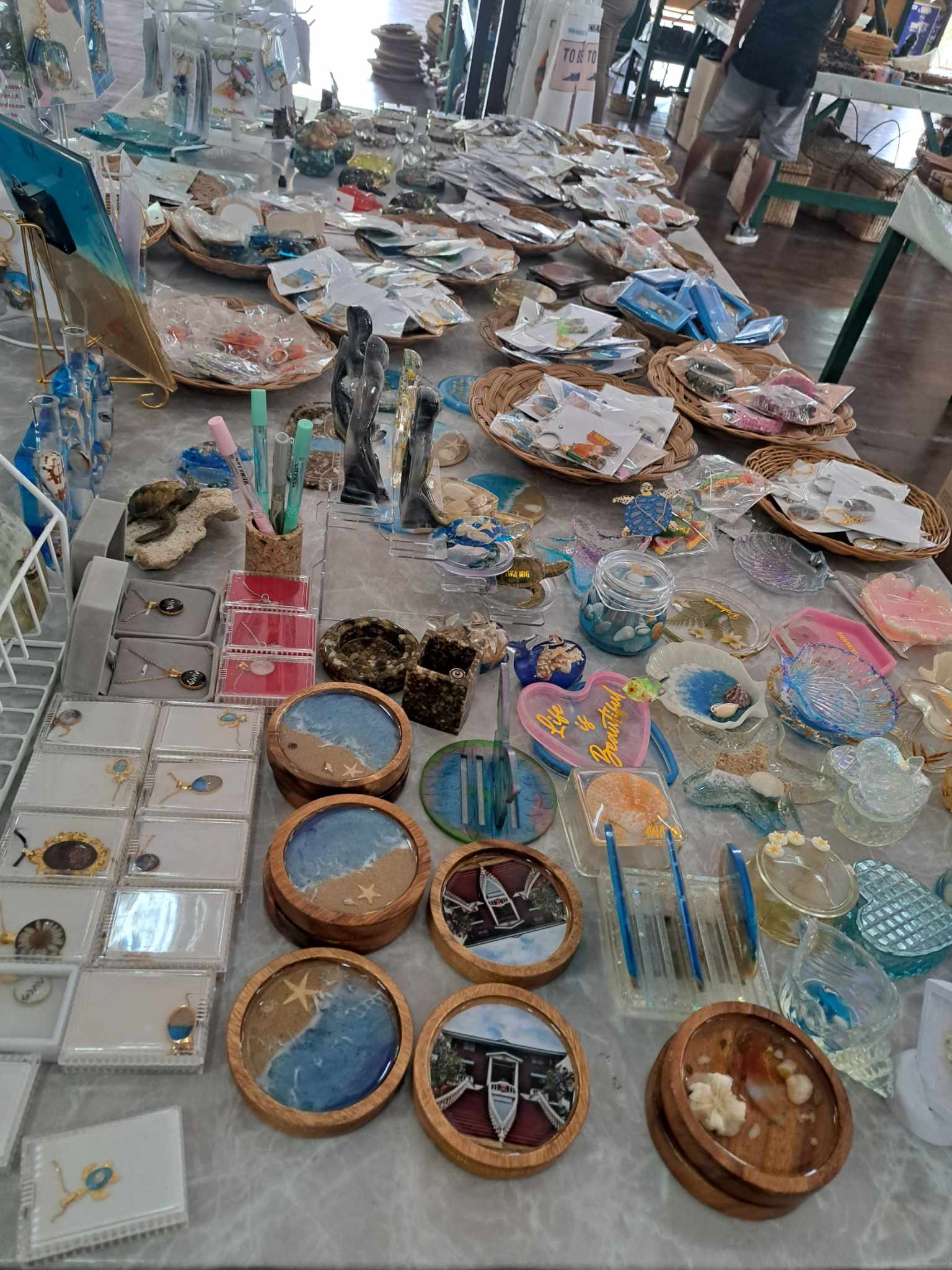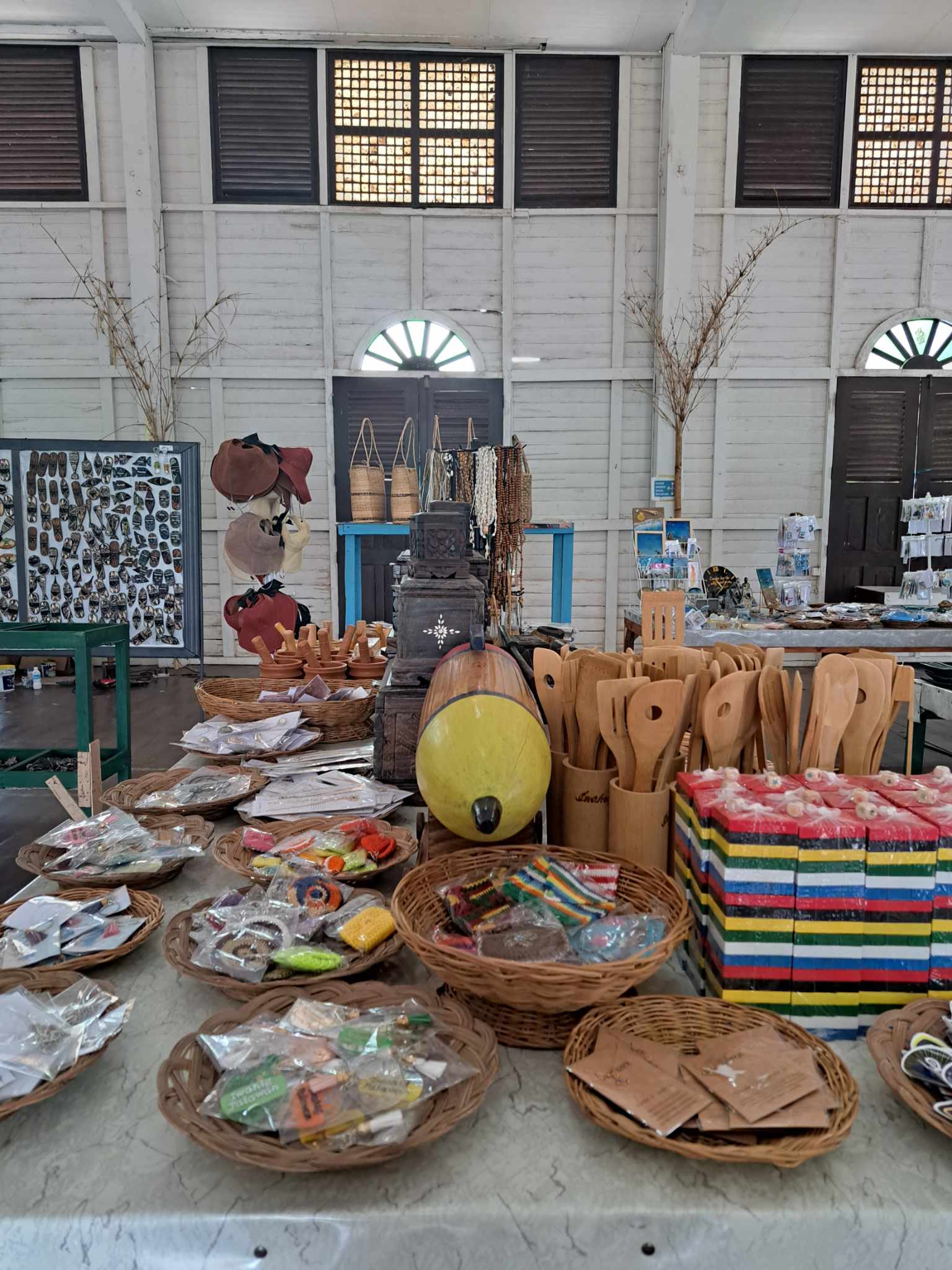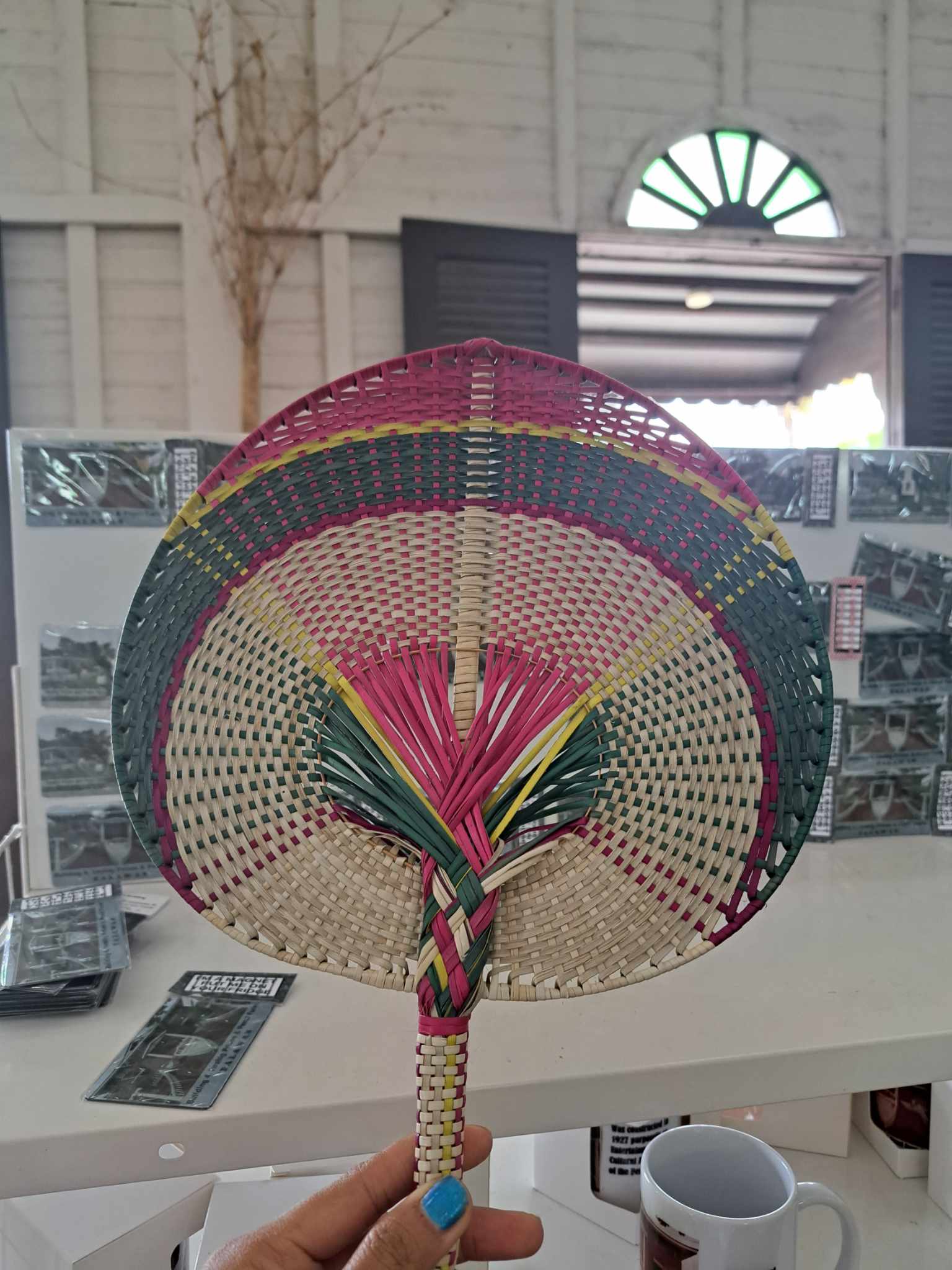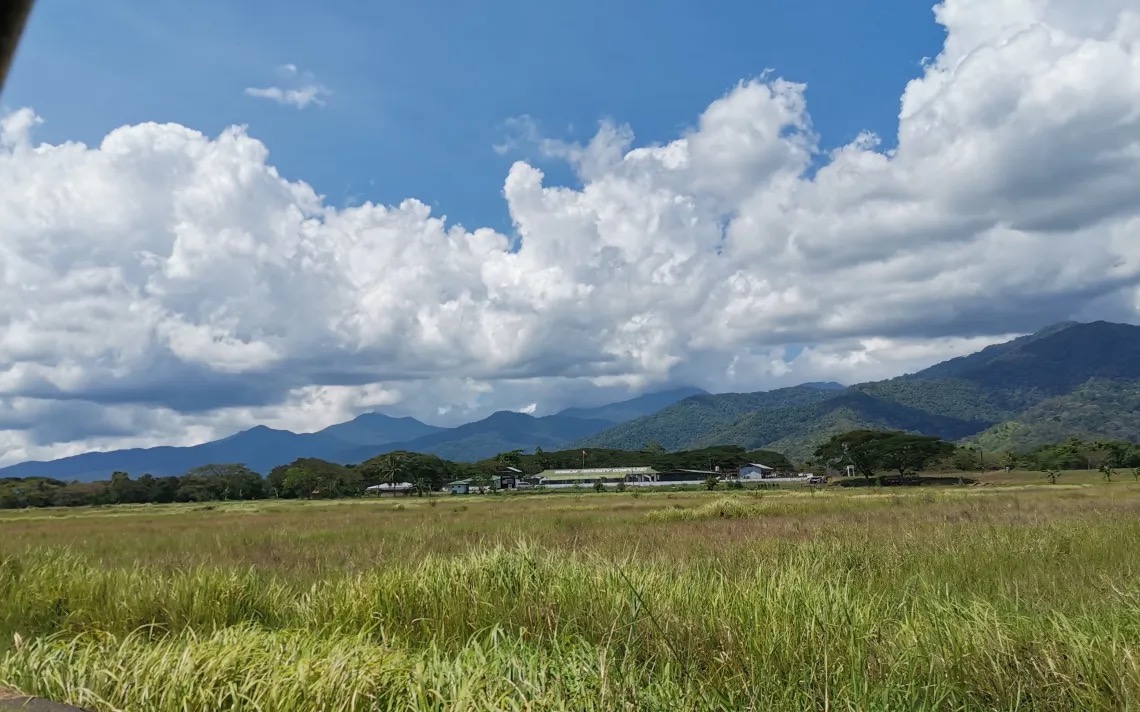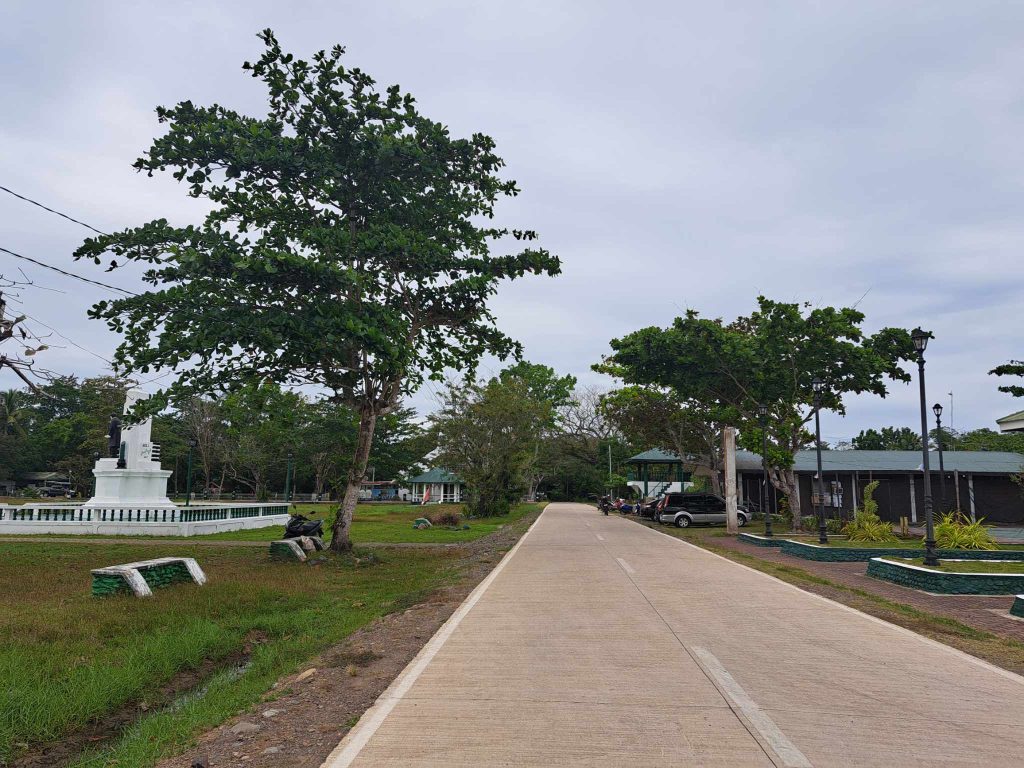Photo by Shutterstock
When we think of Palawan, Philippines, the first thing that comes into our mind is its crystal clear waters and white sand beaches. Truthfully, Palawan is blessed with so much wonders that is why it is always included in the list of the best places to visit around the world. In Puerto Princesa City, there are other tourist attractions like the Underground River, Crocodile Farm, Butterfly Farm, Baker’s Hill, Mitra’s Ranch, Plaza Cuartel, and others. But little did I know that in the heart of Puerto Princesa City lies a unique correctional facility that challenges traditional notions of imprisonment and rehabilitation – the Iwahig Prison and Penal Farm. Also called as the “prison without walls”, it is located in Brgy. Iwahig, Puerto Princesa City and is 30 minutes away from the capital.
As we entered the facility, uniformed personnel of the Bureau of Corrections guarding the gate greeted us. It has a very strict security. After passing the main entrance, we saw a vast farmland. I was really surprised! Along the road were people in brown shirts walking, giving us salutes as we drove through the area. They have just finished their work. According to our friend, those people are called minimum security inmates.
Photo from Bureau of Corrections Facebook page
Established in 1904 during the American colonial period, Iwahig was envisioned as an agricultural penal colony where inmates could undergo rehabilitation through hard work and self-sufficiency. Its founding principles were rooted in the belief that meaningful labor and community engagement could facilitate personal transformation and societal reintegration.
Originally named Iuhit Penal Colony Settlement, the colony was established by the Philippines Commission on November 16, 1904. The site was selected by a committee composed of G.N. Wolfe, W.S. Lycon, and Arllington Pond, created by Executive Order of Governor General Luke E. Wright. The first superintendent was an American, R.J Shields.
The early policy of sending the worst prisoners to the place was changed after the mutiny of thirty three (33) prisoners on September 20, 1905. Prisoners of good conduct were sent and given lands, tools, and other supplies and in certain cases their families were allowed to live with them. The mutiny resulted in the radical change in the policy being implemented. In 1907, the Philippines Commission pased Act No 1723 to effect final reforms.
In 1921, the first Filipino Superintendent was appointed, in the name of Mr. Ramon Victorio.
During the Second World War, the Colony was occupied by the Japanese Imperial Army. Passive and covert resistance was put up effectively by guerrillas among officers and employees with the help of some prisoners.
Gradual development program began on September 2, 1945.
Recreation hall (left) Conference hall (right)
You can find administration building, houses, school, church, hospital, recreation hall, conference hall, basketball court, and even a natural pool inside the compound. What makes this prison very unique is that it is an open air jail where the inmates (called the minimums) can move and roam around freely and learn skills that are very beneficial to them. Inmates at Iwahig are provided opportunities for skills development in various fields such as agriculture, carpentry, handicrafts, and animal husbandry. Through these activities, they not only acquire practical skills but also develop a sense of responsibility, self-worth, and belonging.
Some of the souvenir items made by the inmates that you can purchase at the Recreation Hall
Not all inmates have the same level of freedom. Those who are considered medium and maximum security prisoners are locked up behind bars and are subject to tight monitoring.
Medium Security Compound (left) Minimum Security Compound (right) . Photos from mattsnextsteps.
Visiting the Ihawig Prison and Penal Farm is such a unique experience. I was scared at first, knowing that I will be inside a big area with convicts. But when you get there, you will feel safe. There are guards around the compound that monitor numbers and the gates.
Looking ahead, Iwahig must continue its mission of providing rehabilitation and meaningful transformation to the prisoners. Expanding vocational training opportunities and strengthening partnerships with government agencies and civil society organizations are crucial steps in ensuring the continued success of Iwahig.


